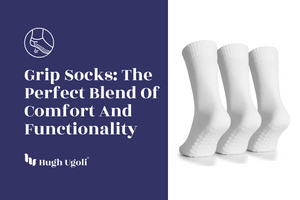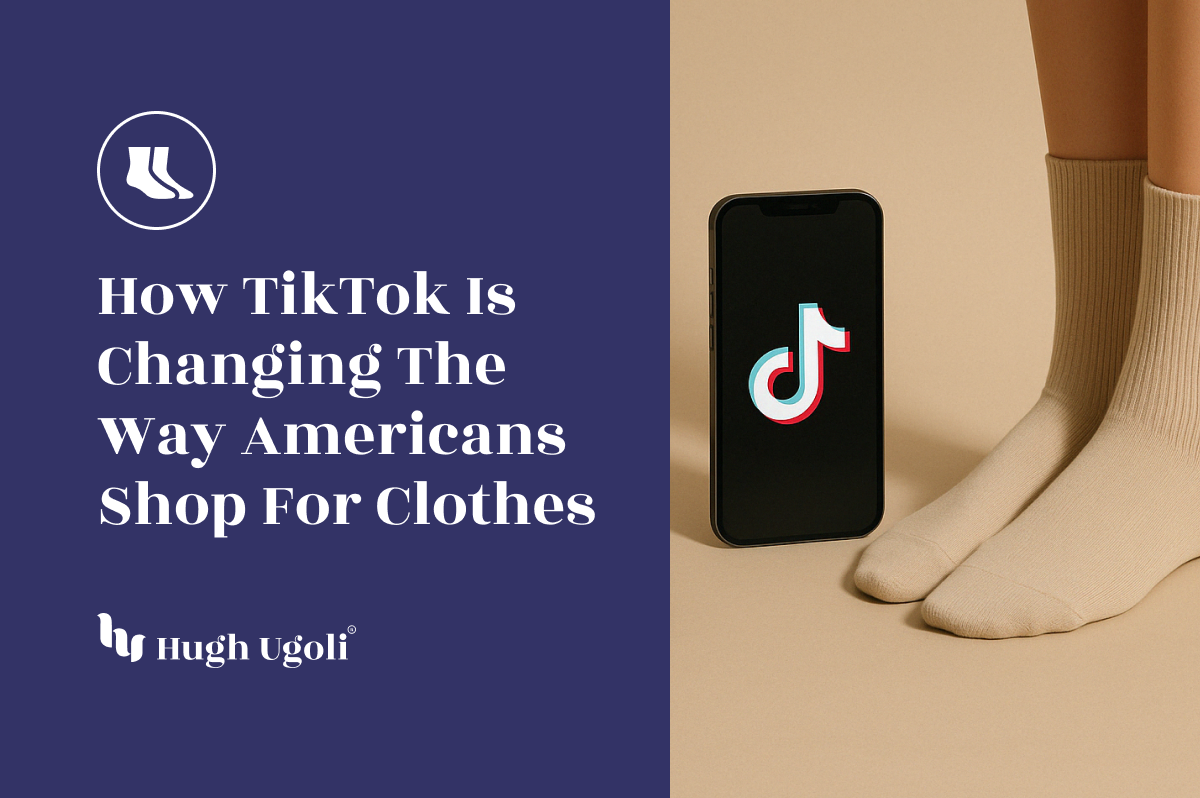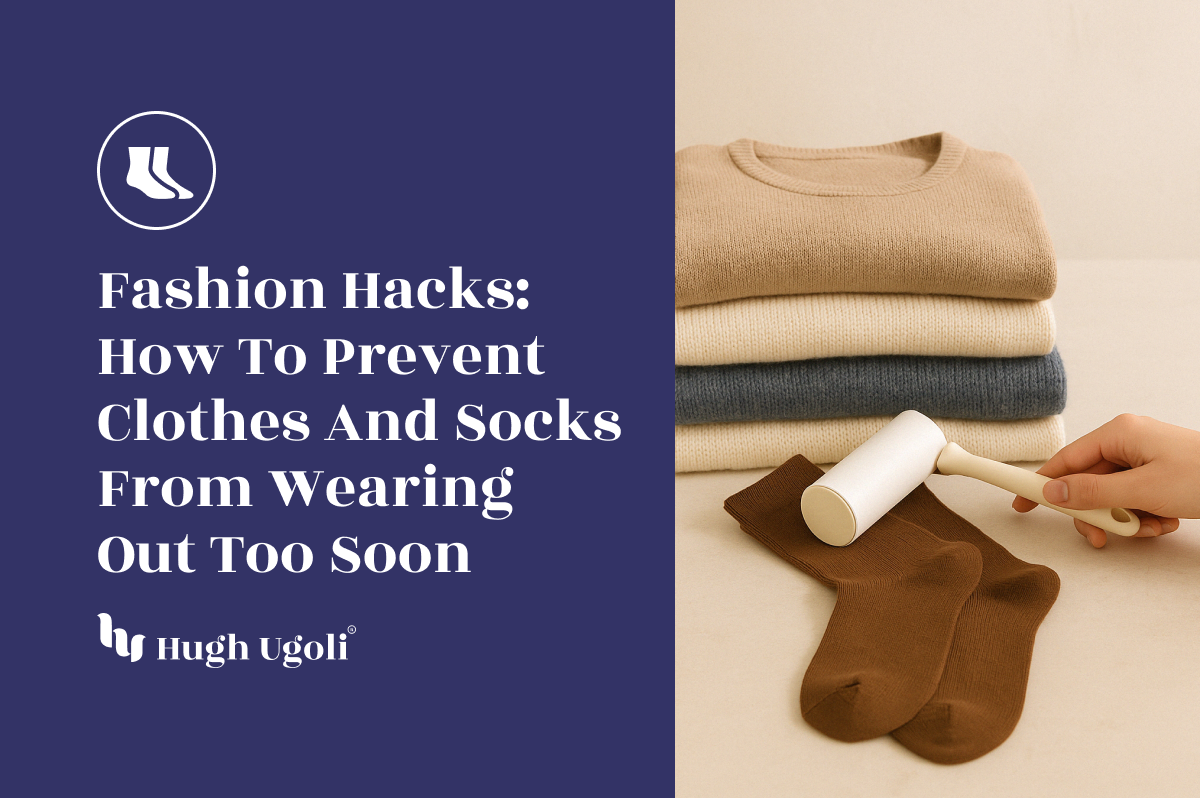For people living with diabetes, managing foot health is crucial. Diabetic neuropathy and poor blood circulation can lead to foot pain, making it difficult to maintain an active lifestyle. The good news is that wearing the right socks can significantly improve foot comfort, reduce the risk of complications, and promote better overall foot health. In this blog, we will explore how diabetic socks are designed to provide relief and what features to look for when choosing the right pair.
1. Why Diabetic Socks Are Essential
People with diabetes are at a higher risk for foot problems such as nerve damage, poor circulation, and fungal infections. These issues can lead to serious complications, including foot ulcers or infections that are slow to heal. Diabetic socks are specially designed to address these concerns by improving blood flow, keeping feet dry, and preventing irritation.
Unlike regular socks, diabetic socks are designed with features like moisture-wicking fabric, seamless toes, and non-binding tops to avoid putting pressure on sensitive areas. The goal is to provide a comfortable fit that promotes better circulation and keeps feet dry, reducing the risk of complications like fungal infections.

2. Features of Diabetic Socks
Choosing the right diabetic socks is essential for managing foot pain and ensuring proper foot care. Here are some of the key features to look for:
-
Moisture-Wicking Materials: Keeping feet dry is essential for preventing fungal infections and discomfort. Diabetic socks made from moisture-wicking materials, such as bamboo or cotton blends, draw moisture away from the skin. This helps prevent the build-up of bacteria and keeps your feet dry throughout the day.
-
Seamless Design: People with diabetes often have sensitive skin, and traditional socks with seams can cause irritation or blisters. Diabetic socks have a seamless design that minimizes friction, making them ideal for people with nerve damage or sensitive feet.
-
Non-Binding Tops: Diabetic socks are designed to be non-restrictive, which helps improve blood circulation. Compression socks, while beneficial for some conditions, may not always be suitable for people with diabetes, as they can restrict blood flow. Diabetic socks, on the other hand, offer gentle compression or no compression at all, allowing for better blood flow to the feet.
-
Extra Padding: Many diabetic socks come with extra padding in areas prone to pressure, such as the heels and toes. This cushioning helps protect against injury and provides extra comfort for people who are on their feet for long periods.
The Men's Cotton Diabetic Ankle Semi Cushion Socks provide these essential features, offering the perfect balance of comfort and moisture-wicking properties. With their non-binding top and semi-cushion design, they are ideal for anyone seeking relief from foot pain caused by diabetes.
3. How Diabetic Socks Help Alleviate Foot Pain
Diabetic socks play a key role in managing foot pain by addressing the underlying issues that contribute to discomfort. Poor circulation, nerve damage, and excessive moisture can exacerbate foot pain, making it difficult to stay active or even walk comfortably. Diabetic socks are designed to combat these problems by improving blood flow and keeping feet dry, which helps prevent pain from getting worse.
The Women's Bamboo Diabetic Crew Non-Slip Socks are a great example of how these socks can provide relief. Made from breathable bamboo fibers with moisture-wicking properties, these socks keep feet dry and comfortable, reducing the risk of fungal infections and irritation. Their non-slip feature also ensures stability, making them ideal for daily wear.
4. Why Moisture-Wicking Properties Are Important
One of the most important features of diabetic socks is their moisture-wicking capabilities. People with diabetes often experience poor blood circulation, which makes it harder for their bodies to regulate temperature and moisture. This can lead to sweaty feet, which creates the perfect environment for fungal infections to develop. Moisture-wicking fabrics help keep feet dry by drawing sweat away from the skin, reducing the risk of infection and discomfort.
Choosing socks with moisture-wicking properties is crucial for those with diabetes, as it helps maintain foot hygiene and comfort throughout the day. Bamboo and cotton blends are two of the best materials for moisture control, offering both breathability and softness.
5. Tips for Choosing the Right Diabetic Socks
When choosing diabetic socks, it’s important to focus on the specific needs of your feet. If you struggle with foot pain or poor circulation, look for socks with non-binding tops and extra padding. If you’re prone to fungal infections or have sensitive skin, choose socks made from moisture-wicking materials like bamboo or cotton.
Here are a few tips to help you choose the right diabetic socks:
- Opt for seamless designs to avoid irritation.
- Look for moisture-wicking fabrics to keep feet dry.
- Ensure the socks have a non-binding top to promote circulation.
- Choose socks with extra padding if you need added comfort for sensitive areas.
Conclusion: Prioritize Your Foot Health with Diabetic Socks
Managing diabetic foot pain requires proactive care, and choosing the right socks is a simple yet effective way to prevent discomfort and complications. Socks like the Men's Cotton Diabetic Ankle Semi Cushion Socks and Women's Bamboo Diabetic Crew Non-Slip Socks are designed to offer relief through moisture control, seamless design, and gentle compression.
For more information on selecting the best socks for your needs, check out our blog on Why Diabetic Socks Are Essential for Foot Health. Prioritize your foot health today by choosing the right pair of diabetic socks for maximum comfort and protection.
















